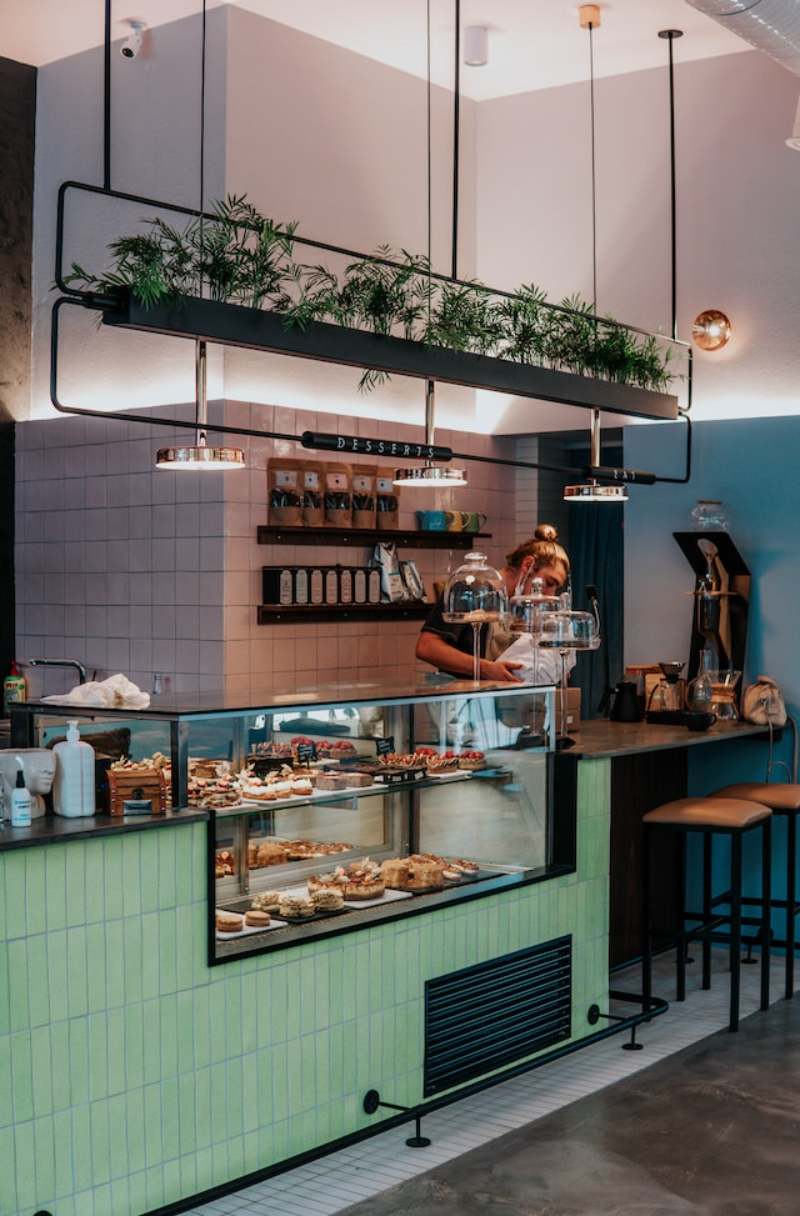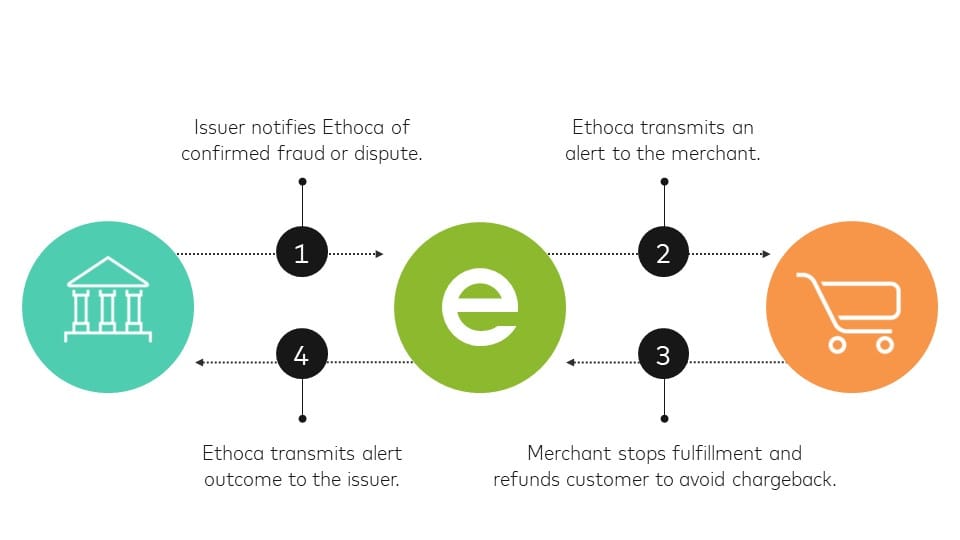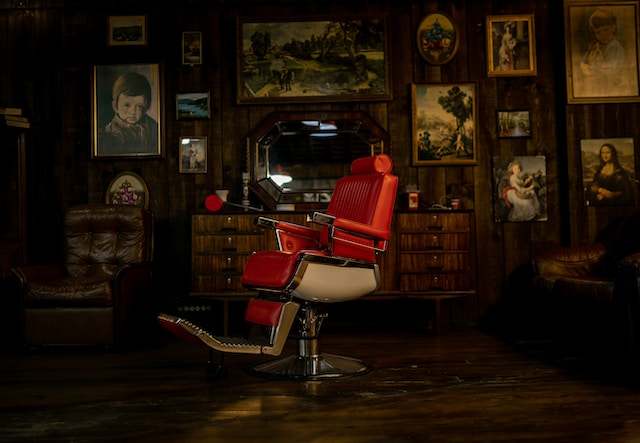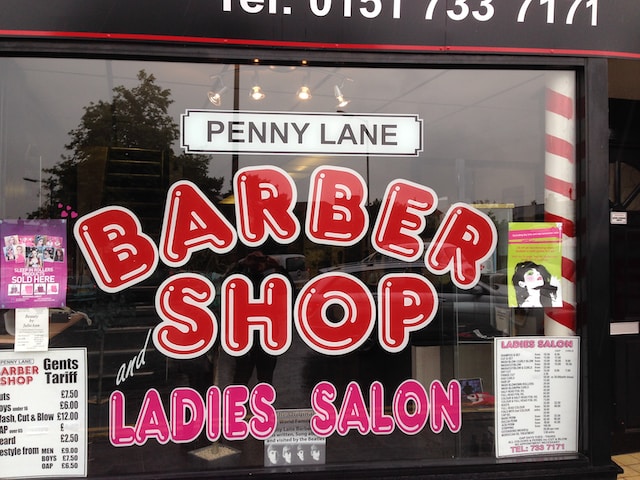
SuperPay helps cafe owners like yourself get paid as quickly as possible. Choose our platform to power your payments & billing.
In today's competitive business landscape, maximizing marketing return on investment (ROI) is crucial for the success of any cafe. With numerous marketing strategies available, it's essential to understand which ones will yield the best results and deliver the highest ROI.
In this blog post, we will delve into the world of marketing ROI in cafes, exploring the basics and importance of understanding this metric. We will then guide you through evaluating your current marketing strategies, identifying areas for improvement, and understanding the cost versus benefit of each approach.
But it doesn't stop there. We will also share innovative marketing strategies that can help boost your cafe's ROI. From leveraging the power of social media for greater exposure to embracing local SEO for higher visibility, we will explore tactics that can have a significant impact on your cafe's bottom line.
Furthermore, we will discuss the importance of utilizing email marketing for customer retention and integrating loyalty programs to encourage repeat business. These proven strategies can not only enhance customer loyalty but also increase revenue and ROI.
Measuring and analyzing marketing ROI is a crucial step in understanding the effectiveness of your efforts. We will guide you through determining key performance indicators (KPIs) specific to cafes and using analytics tools to measure ROI accurately. Armed with this knowledge, you can make data-driven decisions for future marketing campaigns.
To provide real-world examples and inspiration, we will present case studies of successful marketing strategies implemented by cafes with high ROI. These examples will showcase the practical application of the strategies discussed and highlight how they can be tailored to suit different cafe businesses.
Whether you're a cafe owner, marketing professional, or simply interested in the world of cafes, this blog post will equip you with the knowledge and strategies to maximize your marketing ROI. So, let's dive in and unlock the secrets to driving success in the competitive cafe industry.
Understanding Marketing ROI: The Basics and Importance
Marketing ROI, or return on investment, is a metric used to measure the effectiveness and profitability of marketing strategies and campaigns. It provides insights into the financial impact of marketing efforts and helps businesses determine the success of their marketing initiatives.
Why Marketing ROI Matters
Understanding marketing ROI is essential for several reasons:
Financial Accountability: With limited resources, businesses need to ensure that their marketing investments are generating a positive return. By measuring ROI, businesses can evaluate the effectiveness of their marketing efforts and allocate resources wisely.
Performance Evaluation: Marketing ROI allows businesses to assess the performance of different marketing campaigns and strategies. It helps identify which initiatives are delivering the best results and which ones may need adjustment or elimination.
Decision Making: By knowing the ROI of various marketing activities, businesses can make data-driven decisions about where to invest their marketing budget. This ensures that resources are allocated to strategies that have a higher likelihood of generating revenue and profitability.
Optimization Opportunities: Measuring marketing ROI provides insights into areas where improvements can be made. It helps identify tactics that are not yielding the desired results, allowing businesses to refine their strategies and focus on activities that drive better ROI.
Benchmarking: Comparing marketing ROI with industry standards and competitors' performance can provide valuable benchmarks. This allows businesses to gauge their performance and identify areas where they need to catch up or excel.
Calculating Marketing ROI
To calculate marketing ROI, the following formula is commonly used:
ROI = (Net Profit from Marketing - Marketing Investment) / Marketing Investment * 100
In this formula, "Net Profit from Marketing" refers to the revenue or profit generated from marketing efforts, and "Marketing Investment" represents the total cost of marketing activities.
It's important to note that ROI calculations can vary depending on the specific goals and objectives of a marketing campaign. Some businesses may focus on revenue generated, while others may consider other factors such as customer acquisition cost or customer lifetime value.
Key Performance Indicators (KPIs) for Marketing ROI
To accurately measure marketing ROI, it's crucial to identify and track the right key performance indicators (KPIs). KPIs are quantifiable metrics that reflect the success or progress towards specific marketing goals. Some common KPIs for measuring marketing ROI in cafes include:
Sales Revenue: The total revenue generated from cafe sales directly influenced by marketing efforts.
Customer Acquisition Cost (CAC): The cost incurred to acquire a new customer through marketing activities.
Conversion Rate: The percentage of potential customers who take a desired action, such as making a purchase or signing up for a newsletter.
Customer Lifetime Value (CLV): The total value a customer brings to the cafe over their entire relationship.
Social Media Engagement: The level of interaction, such as likes, comments, and shares, that cafe's social media posts receive.
By tracking these KPIs, cafes can gain valuable insights into the effectiveness of their marketing campaigns and make informed decisions to improve ROI.
Understanding the basics of marketing ROI and its importance sets the foundation for maximizing marketing effectiveness in cafes. In the following sections, we will explore how to evaluate current marketing strategies, introduce innovative tactics to boost ROI, discuss measurement and analysis techniques, and provide real-world case studies of successful marketing strategies in cafes.

Evaluating Your Current Marketing Strategies
To maximize marketing ROI in cafes, it is essential to evaluate and assess the effectiveness of your current marketing strategies. This section will guide you through the process of evaluating your existing marketing approach and identifying opportunities for improvement.
Assessing the Effectiveness of Your Current Marketing Approach
Reviewing Marketing Objectives: Start by revisiting your marketing objectives. Are they clear and aligned with your overall business goals? Assess whether your current strategies are effectively supporting these objectives.
Analyzing Target Audience: Understand your target audience and assess whether your current marketing efforts are effectively reaching and resonating with them. Consider factors such as demographics, preferences, and behavior to gauge the effectiveness of your messaging and channels.
Tracking Key Metrics: Analyze relevant marketing metrics to evaluate the performance of your current strategies. This may include metrics such as website traffic, social media engagement, email open rates, conversion rates, and customer feedback. Identify trends, patterns, and areas of improvement based on these metrics.
Customer Feedback and Surveys: Gather feedback from your customers through surveys, reviews, or direct communication. This feedback can provide valuable insights into the effectiveness of your marketing efforts and help identify areas for improvement.
Identifying Opportunities for Improvement
Competitive Analysis: Conduct a thorough analysis of your competitors' marketing strategies and tactics. Identify areas where your competitors might be outperforming you and consider opportunities to differentiate and improve your own marketing approach.
SWOT Analysis: Perform a SWOT (Strengths, Weaknesses, Opportunities, Threats) analysis to assess your current marketing strategies. Identify areas of strength and weakness, as well as potential opportunities and threats in the market. Use this analysis to identify areas for improvement and to leverage your strengths.
Customer Segmentation: Segment your customer base based on various factors such as demographics, preferences, behavior, or purchase history. This segmentation will allow you to tailor your marketing strategies to specific customer groups and improve the effectiveness of your campaigns.
Reviewing Marketing Channels: Evaluate the performance of your marketing channels, such as social media, email marketing, content marketing, and offline advertising. Determine which channels are delivering the best results and consider reallocating resources to focus on the most effective channels.
Analyzing Competitor Strategies: Analyze the marketing strategies of successful cafes in your area or industry. Identify tactics and approaches that have worked well for them, and consider how you can adapt or improve upon these strategies for your own cafe.
By conducting a comprehensive evaluation of your current marketing strategies, you can identify areas of improvement and optimize your approach to maximize marketing ROI in your cafe. In the next section, we will explore innovative marketing strategies that can help boost your ROI and drive success in the competitive cafe industry.
Innovative Marketing Strategies to Boost ROI
In today's digital age, innovative marketing strategies can play a crucial role in boosting marketing ROI for cafes. This section will explore a range of innovative tactics that can help your cafe stand out, attract more customers, and increase revenue.
Leveraging Social Media for Greater Exposure
Creating Engaging Content: Develop a content strategy that resonates with your target audience. Share visually appealing images of your cafe, mouth-watering food and beverages, behind-the-scenes glimpses, and customer testimonials. Use storytelling to create an emotional connection with your audience.
Influencer Partnerships: Collaborate with social media influencers and bloggers who align with your cafe's brand and target audience. They can help amplify your reach and generate buzz about your cafe.
User-Generated Content: Encourage your customers to share their experiences on social media by creating branded hashtags and running contests or giveaways. This user-generated content acts as social proof and can attract new customers.
Social Media Advertising: Utilize targeted advertising on platforms like Facebook, Instagram, and Twitter to reach a wider audience. Use demographic and interest-based targeting to ensure your ads are seen by the right people.
Embracing Local SEO for Higher Visibility
Optimizing Google My Business: Claim and optimize your Google My Business listing with accurate information, attractive visuals, and positive reviews. This will improve your cafe's visibility in local search results.
Local Keyword Optimization: Conduct keyword research to identify relevant local keywords for your cafe. Incorporate these keywords naturally into your website content, blog posts, and meta tags to improve your search engine rankings.
Online Directories and Review Sites: Ensure your cafe is listed on popular online directories and review sites such as Yelp, TripAdvisor, and Zomato. Encourage satisfied customers to leave positive reviews, as these can influence potential customers.
Local Partnerships and Events: Collaborate with local businesses, organizations, or event organizers to host joint promotions or participate in community events. This can increase your cafe's visibility and attract new customers.
Utilizing Email Marketing for Customer Retention
Building an Email List: Encourage website visitors and cafe customers to subscribe to your email list by offering exclusive discounts, promotions, or a loyalty program. Collect customer emails at the point of purchase and through your online platforms.
Personalized Email Campaigns: Segment your email list based on customer preferences, behavior, or purchase history. Send personalized emails with relevant content, such as special offers, new menu items, or upcoming events.
Automated Email Sequences: Set up automated email sequences to nurture customer relationships and drive repeat business. These sequences can include welcome emails, birthday offers, abandoned cart reminders, and post-purchase follow-ups.
Newsletter and Exclusive Content: Send regular newsletters to your subscribers, providing updates on cafe news, events, and special promotions. Offer exclusive content such as recipes, coffee brewing tips, or behind-the-scenes stories to keep customers engaged.
Integrating Loyalty Programs to Encourage Repeat Business
Points-Based Loyalty Programs: Implement a points-based loyalty program where customers earn points for every purchase. Offer rewards such as free drinks, discounts, or exclusive perks when customers reach certain point thresholds.
VIP Memberships: Create a VIP membership program for your loyal customers. Offer exclusive benefits such as early access to new menu items, priority seating, or special events.
Referral Programs: Encourage customers to refer their friends and family to your cafe by offering incentives such as discounts or freebies for successful referrals. This can help expand your customer base and increase customer loyalty.
Personalized Rewards: Tailor rewards and offers based on individual customer preferences and purchase history. This personalization makes customers feel valued and encourages them to continue patronizing your cafe.
By implementing these innovative marketing strategies, your cafe can increase its visibility, engage with customers, and drive higher ROI. In the next section, we will explore how to measure and analyze marketing ROI in cafes, ensuring that your efforts are delivering tangible results.
How to Measure and Analyze Marketing ROI in Cafes
Measuring and analyzing marketing ROI is crucial for understanding the effectiveness of your marketing efforts and making data-driven decisions. This section will guide you through the process of measuring and analyzing marketing ROI in cafes, ensuring that you can track the success of your strategies and optimize your marketing campaigns.
Determining Key Performance Indicators (KPIs)
Sales Revenue: Measure the revenue generated directly from your marketing efforts. This can include sales from online orders, walk-in customers who mention a specific marketing campaign, or customers who redeem a promotion.
Customer Acquisition Cost (CAC): Calculate the cost incurred to acquire a new customer through marketing activities. Divide your total marketing expenses by the number of new customers gained during a specific period.
Conversion Rate: Measure the percentage of potential customers who take a desired action, such as making a purchase, signing up for a newsletter, or following your social media accounts. This helps gauge the effectiveness of your marketing in driving customer engagement.
Customer Lifetime Value (CLV): Determine the total value a customer brings to your cafe over their entire relationship. This metric considers factors such as average order value, frequency of visits, and customer retention rate.
Using Analytics Tools to Measure ROI
Website Analytics: Utilize tools like Google Analytics to track website traffic, user behavior, and conversion rates. Monitor metrics such as page views, bounce rate, time on site, and conversion funnels to understand the effectiveness of your website in driving customer engagement and conversions.
Social Media Analytics: Platforms like Facebook Insights, Instagram Insights, and Twitter Analytics provide valuable data on post reach, engagements, audience demographics, and click-through rates. Analyze these metrics to evaluate the performance of your social media campaigns.
Email Marketing Analytics: Email marketing platforms such as Mailchimp or Constant Contact offer insights into email open rates, click-through rates, and conversion rates. Monitor these metrics to assess the effectiveness of your email campaigns and identify areas for improvement.
POS Systems and CRM Software: Integrate your point-of-sale (POS) system and customer relationship management (CRM) software to track customer behavior, purchase history, and loyalty program participation. This data can help measure the impact of your marketing efforts on customer retention and repeat business.
Making Data-Driven Decisions for Future Marketing
Regular Reporting and Analysis: Set up a regular reporting schedule to review your marketing performance and ROI. Analyze the data collected from various sources and identify trends and patterns to make informed decisions for future marketing campaigns.
A/B Testing: Conduct A/B tests to compare the performance of different marketing strategies or variations of campaigns. Test elements such as messaging, visuals, offers, or target audience segments to identify the most effective approaches.
ROI Calculation and Comparison: Continuously calculate and compare the ROI of different marketing initiatives. This will help you identify which strategies are delivering the highest return on investment and adjust your marketing budget accordingly.
Iterative Improvement: Based on your analysis and insights, continuously refine and optimize your marketing strategies. Implement changes, monitor their impact on ROI, and iterate to achieve better results over time.
By effectively measuring and analyzing marketing ROI, cafes can gain valuable insights to optimize their marketing efforts, allocate resources wisely, and drive higher returns. In the next section, we will explore real-world case studies of successful marketing strategies implemented by cafes with high ROI, providing practical examples and inspiration for your own marketing endeavors.
Case Studies: Successful Marketing Strategies in Cafes with High ROI
In this final section, we will delve into real-world case studies of cafes that have implemented successful marketing strategies resulting in high ROI. These examples will provide valuable insights and inspiration for your own marketing endeavors in the cafe industry.
Case Study 1: The Brew House
The Brew House, a local cafe in downtown Seattle, implemented a comprehensive social media strategy to increase its visibility and attract more customers. They focused on creating visually appealing content showcasing their specialty coffees and unique food offerings. By collaborating with local influencers and encouraging user-generated content, The Brew House generated a significant buzz on social media platforms. As a result, their customer base expanded, and their sales increased by 25% within six months, resulting in a substantial boost in marketing ROI.
Case Study 2: The Beanery
The Beanery, a small independent cafe in Austin, Texas, leveraged local SEO to improve its online visibility and attract more customers. They optimized their Google My Business listing with accurate information, positive reviews, and attractive visuals. Additionally, they actively participated in local directories and review sites, ensuring their cafe was listed and well-represented. As a result of their efforts, The Beanery experienced a 20% increase in website traffic and a significant rise in foot traffic from local customers, leading to a 15% increase in revenue and a notable improvement in marketing ROI.
Case Study 3: Café Delights
Café Delights, a popular chain of cafes across multiple cities, implemented a customer-centric email marketing strategy to drive customer retention and increase repeat business. They focused on building a robust email list through their website and in-store sign-ups, offering exclusive discounts and promotions to subscribers. Café Delights personalized their email campaigns based on customer preferences and purchase history, resulting in a 30% increase in email open rates and a 10% increase in customer engagement. This led to a significant boost in customer loyalty and repeat business, ultimately contributing to a 20% increase in marketing ROI.
These case studies highlight the importance of implementing effective marketing strategies tailored to the unique needs and goals of your cafe. By learning from successful examples and adapting strategies to suit your own cafe's brand and target audience, you can maximize your marketing ROI and drive success in the competitive cafe industry.
In conclusion, maximizing marketing ROI in cafes requires a comprehensive understanding of marketing metrics, evaluating current strategies, implementing innovative tactics, measuring and analyzing ROI, and learning from real-world case studies. By following these guidelines and continuously refining your approach, you can achieve higher returns on your marketing investments and drive the success of your cafe business.


